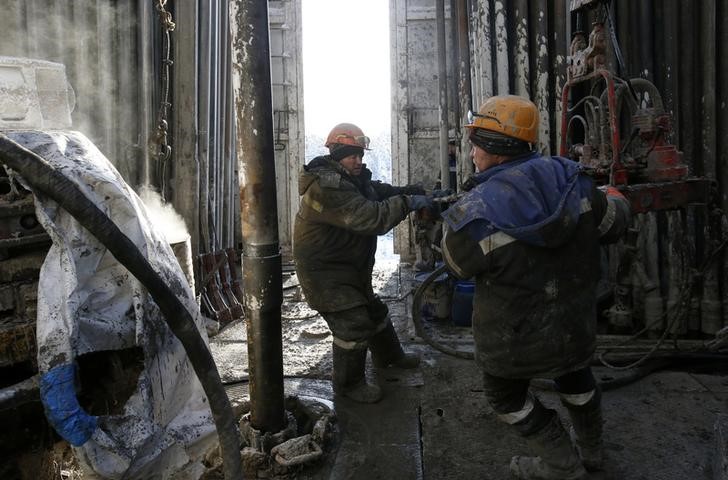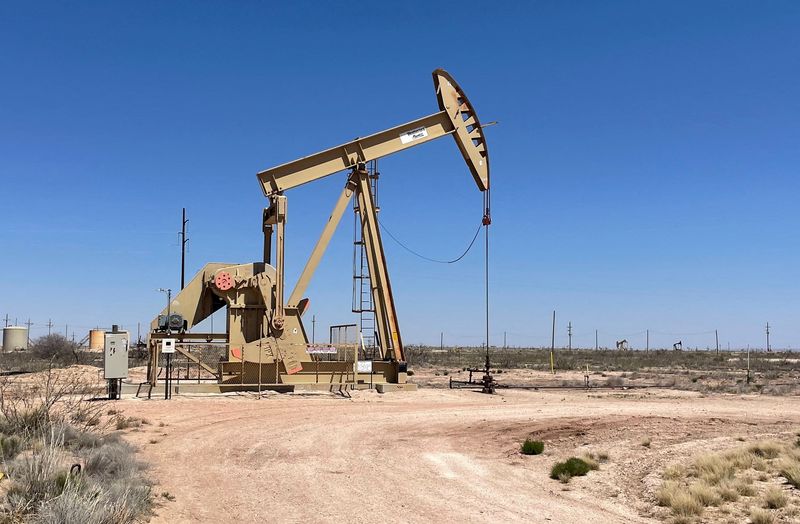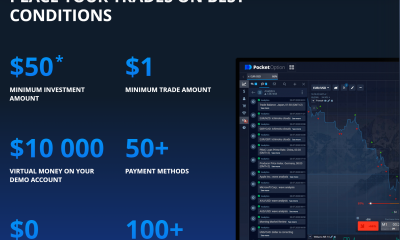Commodities
Crude oil prices rise on SPR refill plans, Middle East concerns


© Reuters.
Investing.com — Oil prices rose Friday, on track for a positive week, boosted by the news that the U.S. was looking to refill its strategic reserves as well as heightened fears that the Israel-Gaza crisis may spread in the Middle East, potentially disrupting supply.
By 09:05 ET (13.05 GMT), the futures traded 0.9% higher at $89.22 a barrel, while the contract climbed 0.9% to $93.25.
Both benchmarks are on course for weekly gains for the second week in a row, with the U.S. contract set for 2% gains and Brent up 2.8% higher.
U.S. to refill strategic reserve
The oil market received a boost with the news that U.S. President Joe Biden has revived his bid to refill the heavily-drawn Strategic Petroleum Reserve.
The Department of Energy announced on Thursday two separate offers of crude purchases totaling 6 million barrels, to be delivered between December this year and January 2024.
The U.S. government had drawn about 200 million barrels from the SPR since early-2022, bringing the reserve to its lowest level in nearly 40 years in a bid to combat high gasoline prices following the onset of the Russia-Ukraine war.
Middle East conflict escalation concerns remain
Crude prices have been supported through the week by the ongoing Israel-Hamas conflict. Israel has vowed to wipe out the Hamas group that rules Gaza, after its gunmen killed hundreds of Israeli civilians earlier this month, and has pounded the enclave with air strikes, preparing for a ground assault.
“Signs that an Israeli ground offensive in the Gaza Strip is imminent have been pushing oil prices up significantly since yesterday. A barrel of Brent now costs $93 again. So far, however, the supply situation on the market has not changed,” analysts at Commerzbank (ETR:) wrote in a note.
Concerns remain that the conflict could spread further in the volatile region, especially after the Pentagon said U.S. forces intercepted three cruise missiles and several drones launched by the Houthi movement in Yemen, potentially toward Israel.
The Houthi, like Hamas in Gaza and Lebanon’s Hezbollah, are backed by Iran.
U.S. economy remains resilient – Powell
Oil markets also took some support from comments by Federal Reserve Chair Jerome Powell, who said that the U.S. economy remained resilient, spurring bets that fuel consumption in the country will remain strong.
This was backed up by another larger-than-expected draw from the U.S., the world’s biggest oil consumer.
Oil markets were also encouraged by data earlier this week showing better-than-expected economic growth in China, the world’s largest crude importer.
“Oil numbers were also supportive with refineries in China processing a record 15.5MMbbls/d of crude oil over the September,” said analysts at ING, in a note. “In addition, domestic demand remains robust, coming in at around 15.2MMbbls/d, up 3% MoM and 5% higher YoY. Given these stronger numbers, domestic crude oil inventories fell at a rate of around 200Mbbls/d last month.”
(Ambar Warrick contributed to this article.)
Commodities
Oil prices rise; U.S. crude inventories plunge, Russia-Ukraine truce eyed
Commodities
India’s Reliance to stop buying Venezuelan oil over US tariffs, sources say
Commodities
Oil prices climb on Venezuela supply worries

 Forex3 years ago
Forex3 years agoForex Today: the dollar is gaining strength amid gloomy sentiment at the start of the Fed’s week

 Forex3 years ago
Forex3 years agoUnbiased review of Pocket Option broker

 Forex3 years ago
Forex3 years agoDollar to pound sterling exchange rate today: Pound plummeted to its lowest since 1985

 Forex3 years ago
Forex3 years agoHow is the Australian dollar doing today?

 Cryptocurrency3 years ago
Cryptocurrency3 years agoWhat happened in the crypto market – current events today

 World3 years ago
World3 years agoWhy are modern video games an art form?

 Commodities3 years ago
Commodities3 years agoCopper continues to fall in price on expectations of lower demand in China

 Economy3 years ago
Economy3 years agoCrude oil tankers double in price due to EU anti-Russian sanctions























